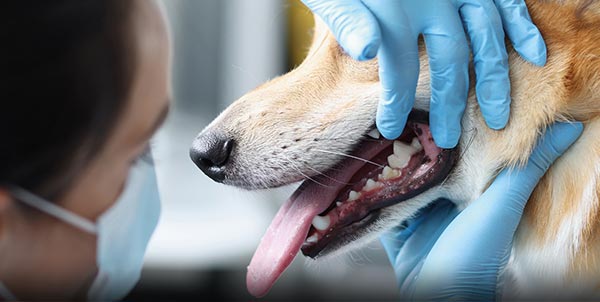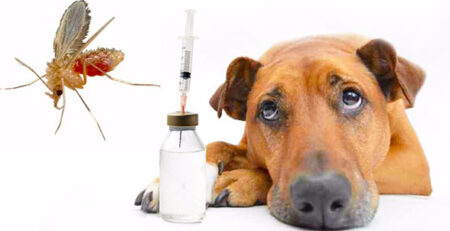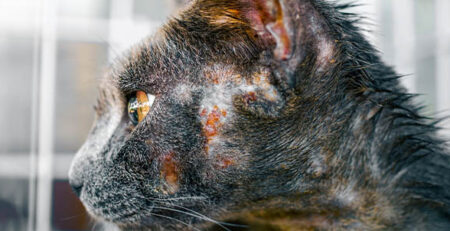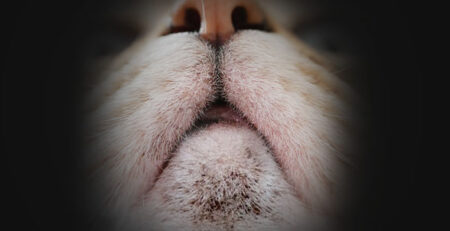Epulides is a benign gingival tumor very common in dogs that rarely affects cats
The discovery of this pellet in the dog’s mouth can be quite late, especially if it is located at the bottom of the oral cavity.
Generally not serious, it should still always be attended to by your Veterinarian for a definite diagnosis and proper treatment that limits the discomfort it causes your four-legged friend.
The recognized forms of the epulid
The term epulide is quite general and denotes different forms, which are specifically differentiated into:
– ossifying
It originates from fibrous and bone tissues and can become malignant by degenerating into osteosarcoma.
– acanthomatous
It originates from the periodontal ligament, the tissue that holds the tooth in the jaw, and is the most severe form of epulide in dogs as it is invasive to the underlying bone. To the naked eye, it is indistinguishable from fibromatous epulide.
– fibromatous
This is the most common form: it develops from the dental ligament in the form of an often single ball at the junction between the tooth and the gingiva. It can be localized at the level of one tooth or affect the entire jaw.
Consequences and symptoms of epulide presence
The symptoms are highly variable and depend on the site where the epulid develops: palate, gingiva, tongue, pharynx, as well as the size it has reached.
Most common:
excessive salivation
halitosis
chewing difficulties
bleeding
anorexia due to pain in the mouth
weight loss resulting from anorexia
mobility or loss of teeth
enlarged lymph nodes
facial bone deformities
What causes lead to the onset of epulide?
The causal factors are currently not fully known.
Among those identified: the presence of dental plaque due to poor hygiene, genetic predisposition, a buccal soft tissue reaction affected by chronic inflammatory processes.
No predisposition by breed or sex is observed for single epulides, whereas multiple forms are more common in brachycephalic dogs.
The diagnosis, treatment and prevention of epulide
This type of benign tumor is diagnosed by the Veterinarian by inspection of the oral cavity.
The excrescence must be differentiated from more aggressive tumors such as oral tumors in dogs by more specific diagnostic tests:
- Radiographs of the mouth
- Chest X-ray or CT scan to rule out metastasis of the disease
- Biopsy of the mass
Treatment of epulidia consists of surgical excision of the excrescence.
Epulide cannot be completely prevented.
A good rule of thumb is to monitor the dog’s mouth and provide oral hygiene through tooth brushing to limit the buildup of plaque and tartar.
Our staff physicians are available for consultations and check-ups: contact us for an appointment and we will assess your four-legged friend’s health.
We also remind you that in case of need and urgency Clinica La Veterinaria is always open h24 every day including holidays and with First Aid service from 8 pm to 8 am.
For the joy of seeing them HAPPY











